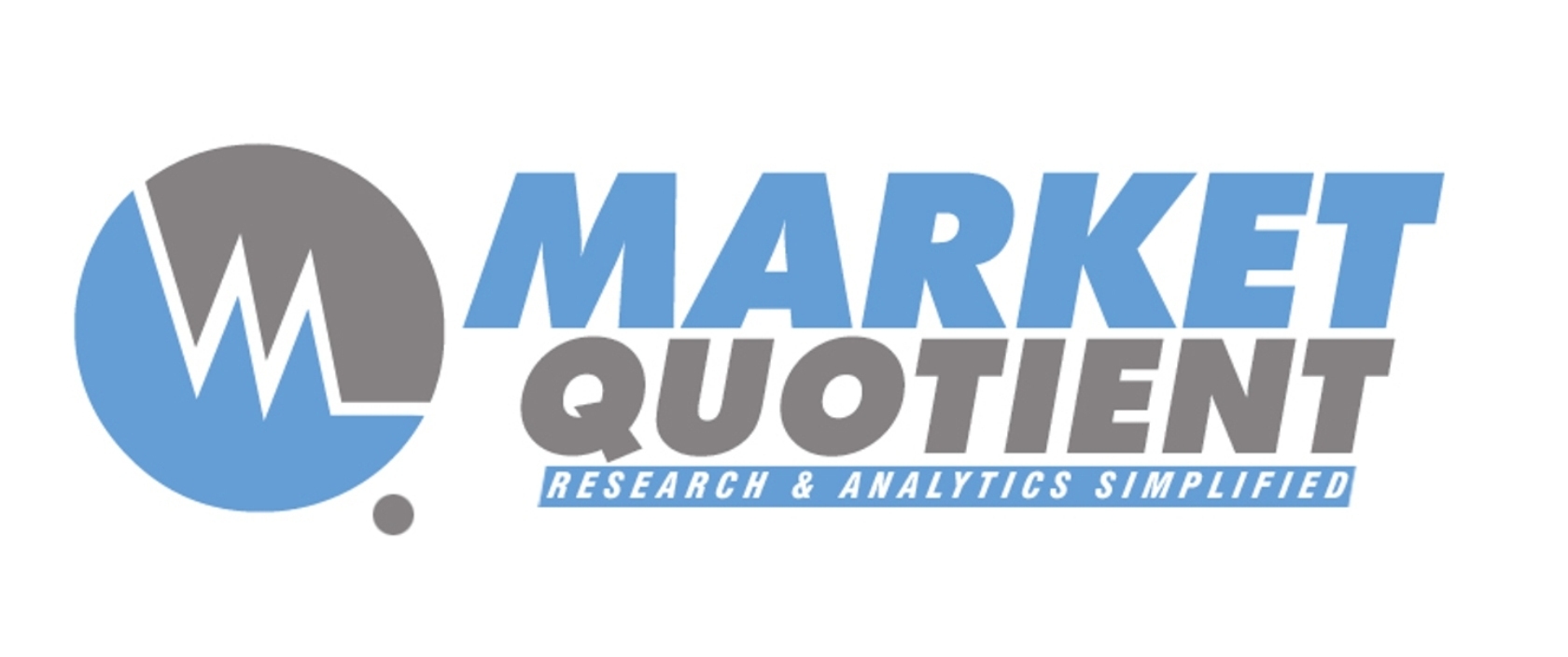Introduction:
Accounts Receivable (AR) management is pivotal for the financial health of any business. According to a survey conducted by The Hackett Group, top-performing companies typically collect on invoices 14 days faster than their peers. This highlights the significance of efficient AR processes in optimizing cash flow and working capital. In this blog, we’ll explore the AR process, delve into key performance indicators (KPIs), and discuss metrics essential for effective AR management.
Understanding the Accounts Receivable Process:
The AR process encompasses various stages, starting from invoicing to payment collection. Research by Aberdeen Group reveals that companies with streamlined AR processes reduce their average time to invoice by 30% and achieve a 25% improvement in DSO.
- Invoicing: After providing goods or services to customers, the business issues invoices detailing the amount owed, payment terms, and due date.
- Sending Statements: Regular statements are sent to customers to remind them of outstanding balances and encourage timely payments.
- Payment Collection: The business tracks payments received and follows up with customers for overdue invoices.
- Reconciliation: Payments are reconciled with outstanding invoices to ensure accuracy in accounting records.
- Reporting: AR reports are generated to analyze the ageing of receivables, identify trends, and make informed decisions.
Key Performance Indicators (KPIs) for Accounts Receivable:
Monitoring KPIs is essential for evaluating the efficiency and effectiveness of AR management. According to a study by APQC, organizations that actively manage DSO have a 17% higher operating income than those that don’t. Here are some critical KPIs businesses should track:
- Days Sales Outstanding (DSO): The Hackett Group found that top-performing companies maintain a DSO of 38 days, significantly lower than the industry average of 45 days. A lower DSO signifies faster collections and improved cash flow.
- Accounts Receivable Turnover Ratio: According to a report by NACHA, businesses with higher turnover ratios collect receivables 10 days faster than those with lower turnover ratios. A higher turnover ratio indicates efficient AR management.
Metrics That Matter in AR Management:
In addition to KPIs, certain metrics provide valuable insights into AR performance. Research by Deloitte highlights that companies leveraging advanced analytics for AR management achieve a 17% reduction in bad debt write-offs. Here are some essential metrics:
- Invoice Accuracy Rate: Inaccurate invoices can lead to payment delays and disputes. A study by The Hackett Group reveals that businesses with a 95% or higher invoice accuracy rate experience 25% fewer payment disputes.
- Average Collection Period: According to a survey by IOFM, companies with automated AR processes reduce their average collection period by 20%. Streamlining collection processes leads to faster payments and improved liquidity.
Conclusion:
Efficient management of accounts receivable is critical for optimizing cash flow and ensuring financial stability. By focusing on key performance indicators such as DSO and Accounts Receivable Turnover Ratio, and leveraging metrics like invoice accuracy rate and average collection period, businesses can enhance their AR processes. With the implementation of advanced analytics and automation, companies can streamline operations, reduce costs, and achieve better outcomes in AR management.
Contact us at contact@marketquotient.com or +1 201.285.2024 to learn more and avail FREE assessment.





